

Photo credits: Box Repsol
MotoGP races are some of the hardest challenges any motorcycle faces – and riders too! -, and while we believe each prototype is built to last forever, after all, they do cost millions to the manufacturer, the truth is that components like wheels, brake or even simple things like the seat unit need to be replaced every once and a while. So, how long does a MotoGP prototype component last?
To get an idea, each MotoGP prototype is built using around 2000 individual components. Of these, 200 need to be verified at specific time or distance intervals, so that the team technicians can verify the wear and tear, and if needed, replace them to avoid any problems.
According to the official MotoGP website, and assuming each rider covers an average of 500 km every race weekend, we can detail which components need more attention and when do they need to be replaced.
One of the most important things we see a MotoGP do, is replace the cooling liquid and the oil that lubricates engine internals. For example, and as we already said when we spoke about the importance of engine maintenance, the oil on a road bike needs to be replaced at every 5000 km. On a MotoGP prototype, that oil and the cooling liquid is renewed at every 350 km. Not only that, after each track session, the team will check engine oil level and look for any possible leaks.

A few kilometers later, at the 500 km mark, the transmission needs to be completely replaced. Chain, front and rear sprockets are changed for new parts. These components are subject to extreme wear and tear during a race weekend, and teams will replace these parts to ensure there’s no chain failure.
At the 1000 km mark, MotoGP prototypes reach another milestone, and will also need to have other parts replaced: clutch discs, the carbon brake discs and brake pads are also replaced ate every two MotoGP races.
There’s no reference as to how much do the new carbon fiber Öhlins front forks last, but it usual to see Öhlins technicians working inside the team box, taking the front and rear suspension units apart and giving them a full service before these parts are installed back on the bike, with specific settings for each rider.

At 1200 km, the beautiful magnesium wheels need to be changed. The wheels take a lot of stress every time a MotoGP rider goes full throttle, and they will start to deform after 1200 km covered, so the team will change them. If deformed, and among other problems, the wheels might create unwanted chatter, one of the main problems riders talk about when addressing MotoGP prototypes performance.
Engines are made to last four races, or 2000 km. Each rider has seven engines during the season (nine engines for each rider competing in a team with concessions), and that means that the rider and his team will need to manage the mileage on each engine, considering that they might crash, in order they have enough engines for the whole season. A broken engine might mean the rider won’t be able to secure the MotoGP title!
Used engines are sometimes chosen by the team to be used in practice sessions, allowing fresh engines to be used only during the race.
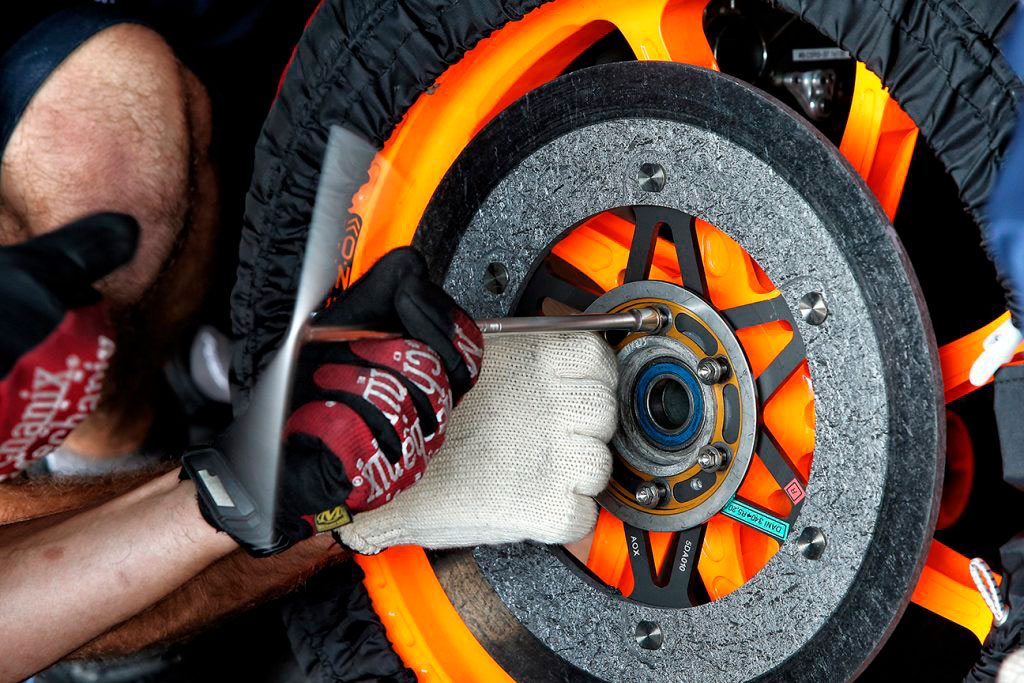
Photo credits: Box Repsol

When the 4000 km mark is reached, the team will replace the clip-ons and the seat unit. A little after that, at 4500 km, the frame and swingarm will be replaced even if the rider never suffered a crash before. If a bike crashes, the frame and swingarm will be replaced if needed, and there’s no limit to the amount of frames and swingarms a team can use during one season. Adding to that, and unlike what happens with the engine, with its development frozen from the start of the season, a MotoGP team can introduce changes to the design of the frame and swingarm whenever they feel the need to do it.
So, now that you know how long does a MotoGP bike component last, and considering these bikes cost millions to build, would you still race in MotoGP?


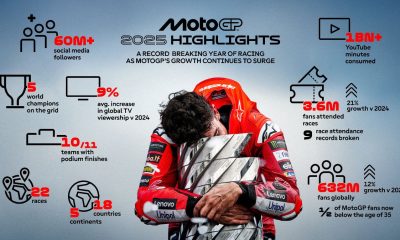



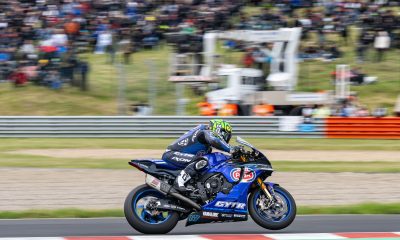

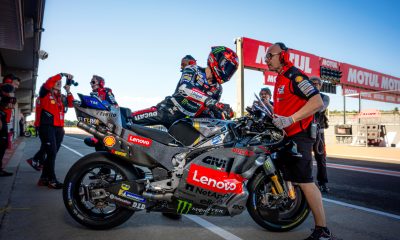



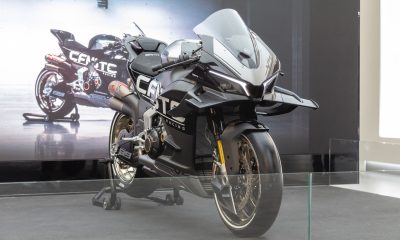
















Facebook
Instagram
X (Twitter)
YouTube
LinkedIn
RSS